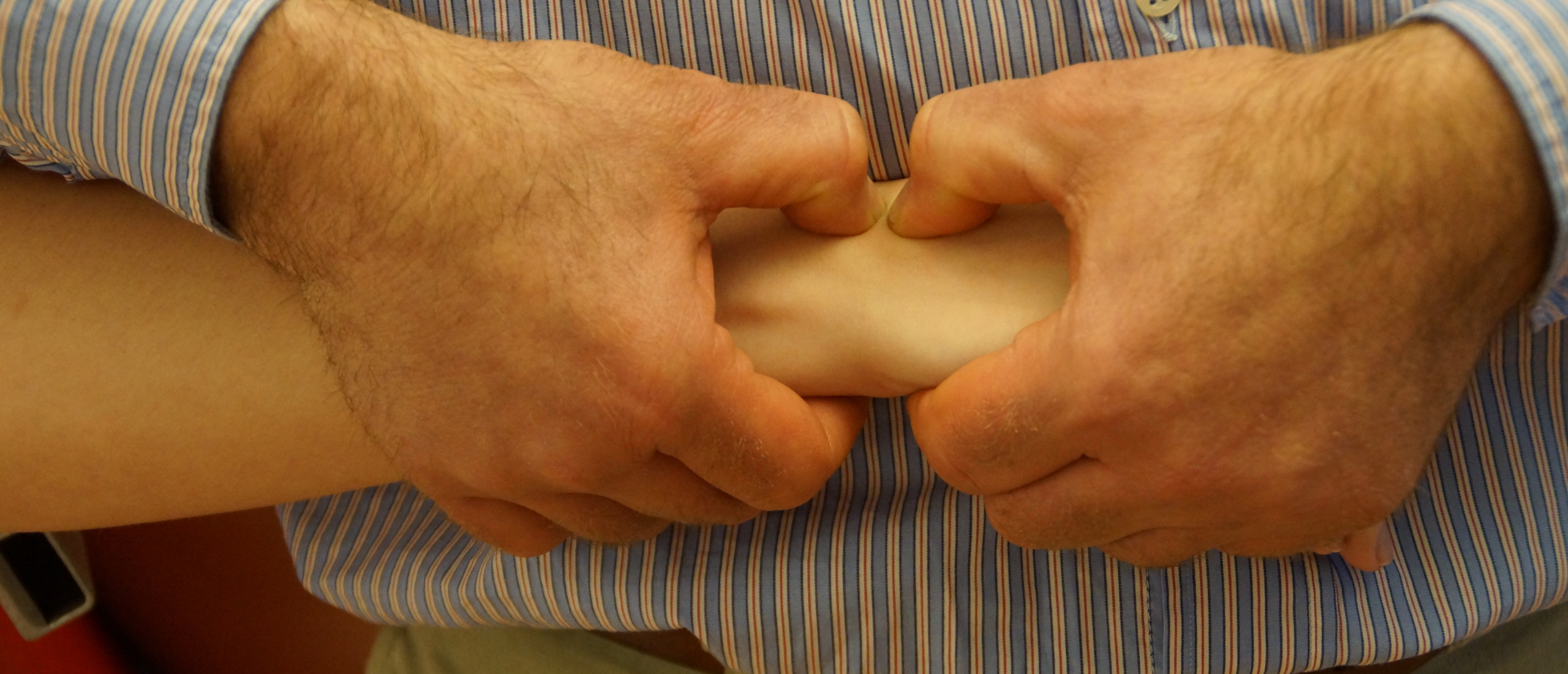
How to diagnose and treat a carpal subluxation?
A dorsal carpal subluxation can occur as the result of a RSI or after a flexion trauma. How can you detect and treat it ?
In fact, diagnosing and treating a carpal subluxation is quite easy. The clinical image is obvious and fast and good treatment results are expected.
If not, several differential diagnostic options need to be considered.
Find out more about manipulation and other treatment techniques during the Mastermind private training in orthopaedic medicine Cyriax.
What's the clinical image of a carpal subluxation ?
In case of a dorsal carpal subluxation, the functional examination shows a slightly painful and limited active and passive extension.
Passive flexion is not limited but it could be painful because in case one or more of the dorsal ligaments get involved (e.g. due to the local overstretch because of a flexion trauma).
Mostly the capitate bone is the subluxated one.
In case of a palmar carpal subluxation (which is much less frequent), flexion will be painful and limited. In that case, mostly the lunate bone is the problem. As a complication partial pressure on the median nerve can occur.
Treatment of a carpal subluxation ?
The treatment consists of manipulation first, to reduce the subluxed bone, and then, if indicated, the affected ligament(s) can be treated by deep transverse friction massage.
Manipulation can be done in a specific and in an non-specific way. In this film I show you one option.
Carpal subluxation : differential diagnosis ?
Manipulation should give immediate result, if not then we have to consider various differential diagnostic options such as :
- dorsal ganglion : this is soft and can be punctured
- Kienböck's disease : an aseptic necrosis of the lunate bone. Occurs spontaneously or after trauma, in young patients ("twenties"), can cause constant pain, eventually weakness
- a non-union fracture
- an isolated osteoarthrosis.
In the last three cases medical imaging is called for.
